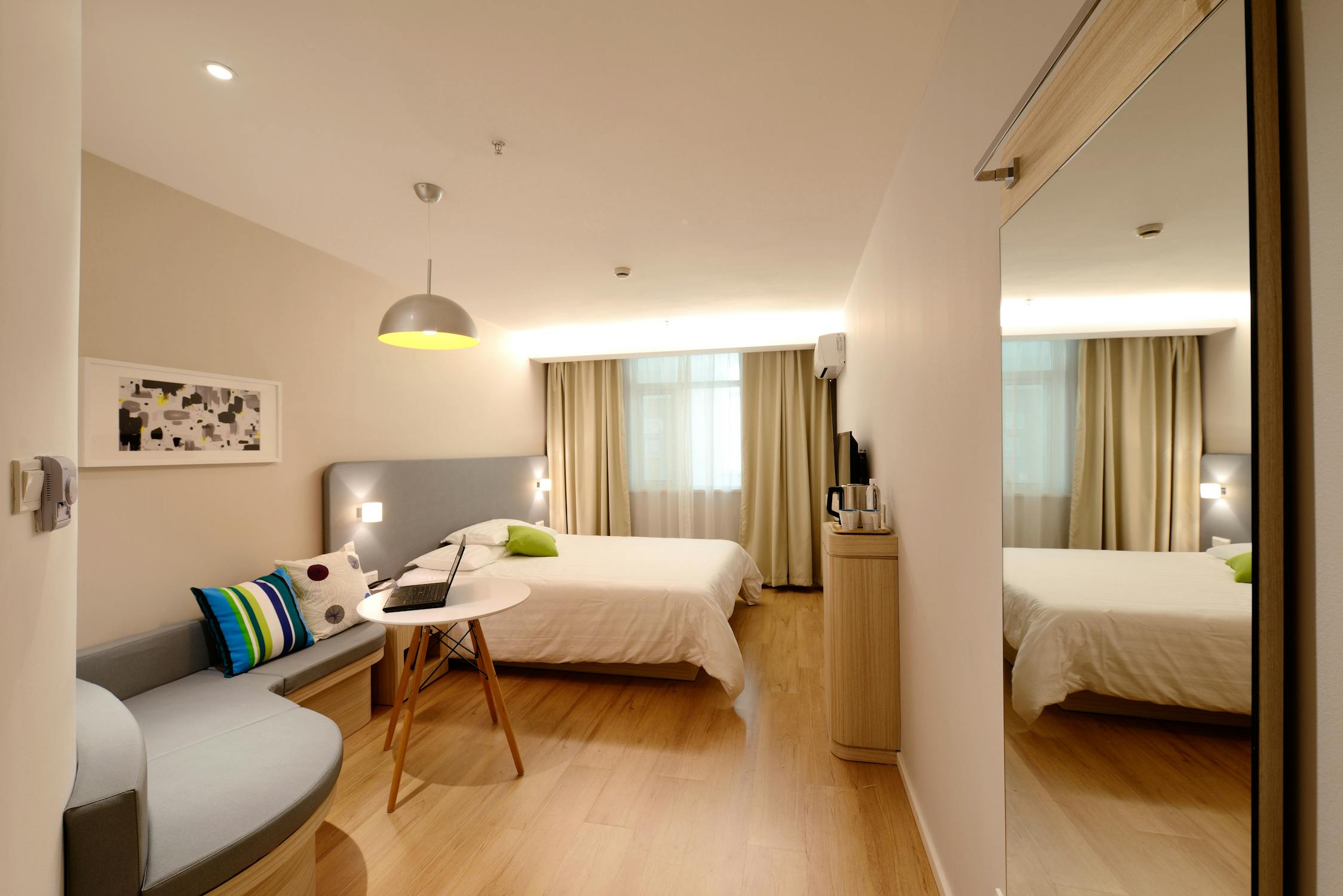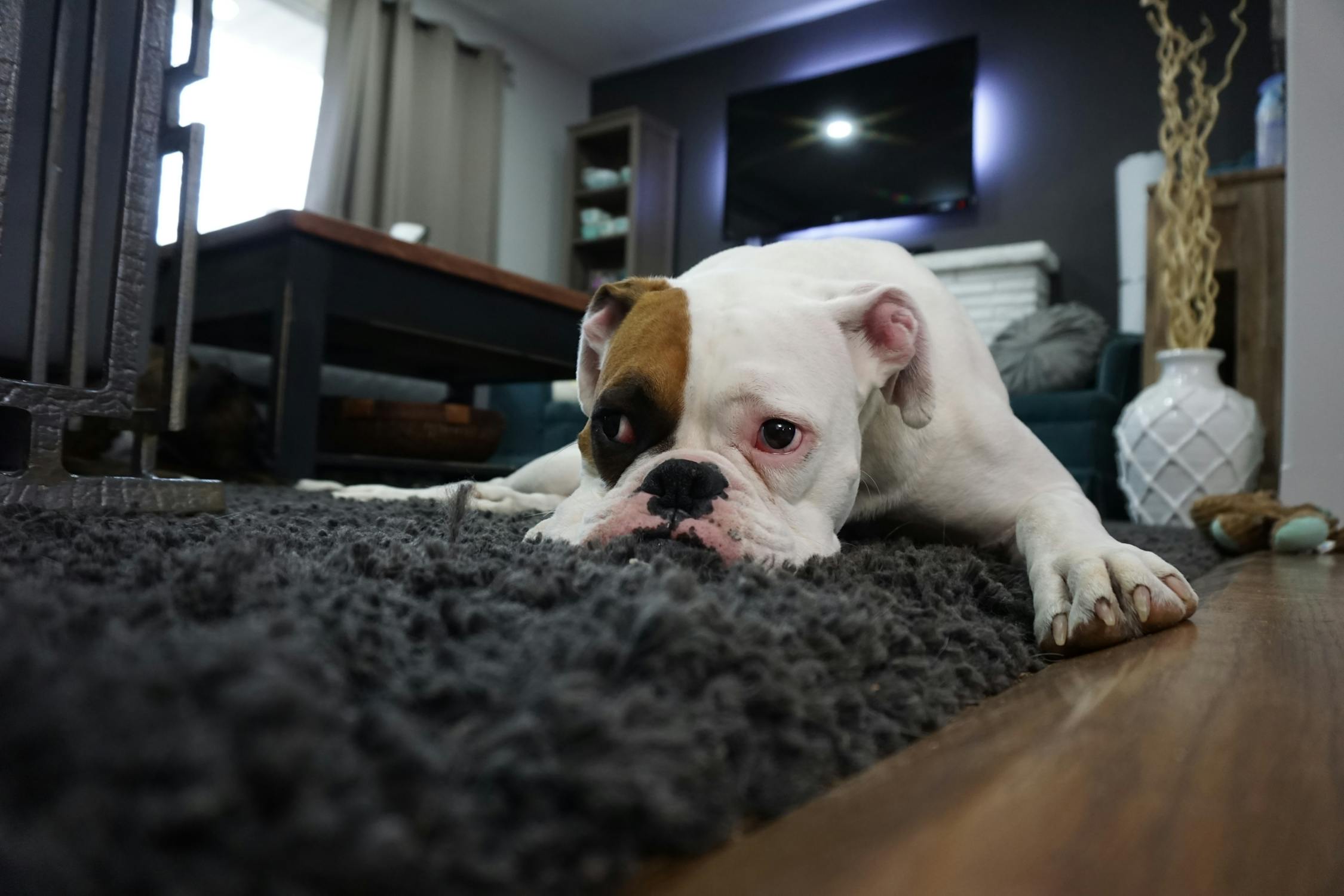We were tasked with choosing an example code within Processor to experiment with and manipulate. I chose the Star example to work with. When you run the code, three stars appear on the screen each with a different number of points. My goal with this experiment is to change around the variables to see if I can manipulate the number of points on the stars, the rotation pattern of each individual star as well as the background color.
Original Effect:
My results:
my code:
/**
* Star
*
* The star() function created for this example is capable of drawing a
* wide range of different forms. Try placing different numbers into the
* star() function calls within draw() to explore.
*/
void setup() {
size(640, 360);
}
void draw() {
background(20, 8, 900);
pushMatrix();
translate(width*0.2, height*0.5);
rotate(frameCount / 200.0);
star(100, 3, 5, 70, 11);
popMatrix();
pushMatrix();
translate(width*0.5, height*0.5);
rotate(frameCount / 500.0);
star(100, 0, 30, 100, 4);
popMatrix();
pushMatrix();
translate(width*0.8, height*0.5);
rotate(frameCount / -100.0);
star(100, 0, 30, 250, 100);
popMatrix();
}
void star(float x, float y, float radius1, float radius2, int npoints) {
float angle = TWO_PI / npoints;
float halfAngle = angle/2.0;
beginShape();
for (float a = 0; a < TWO_PI; a += angle) {
float sx = x + cos(a) * radius2;
float sy = y + sin(a) * radius2;
vertex(sx, sy);
sx = x + cos(a+halfAngle) * radius1;
sy = y + sin(a+halfAngle) * radius1;
vertex(sx, sy);
}
endShape(CLOSE);
}







































:max_bytes(150000):strip_icc()/GettyImages-697537303-58e78d925f9b58ef7ef13cf1.jpg)




